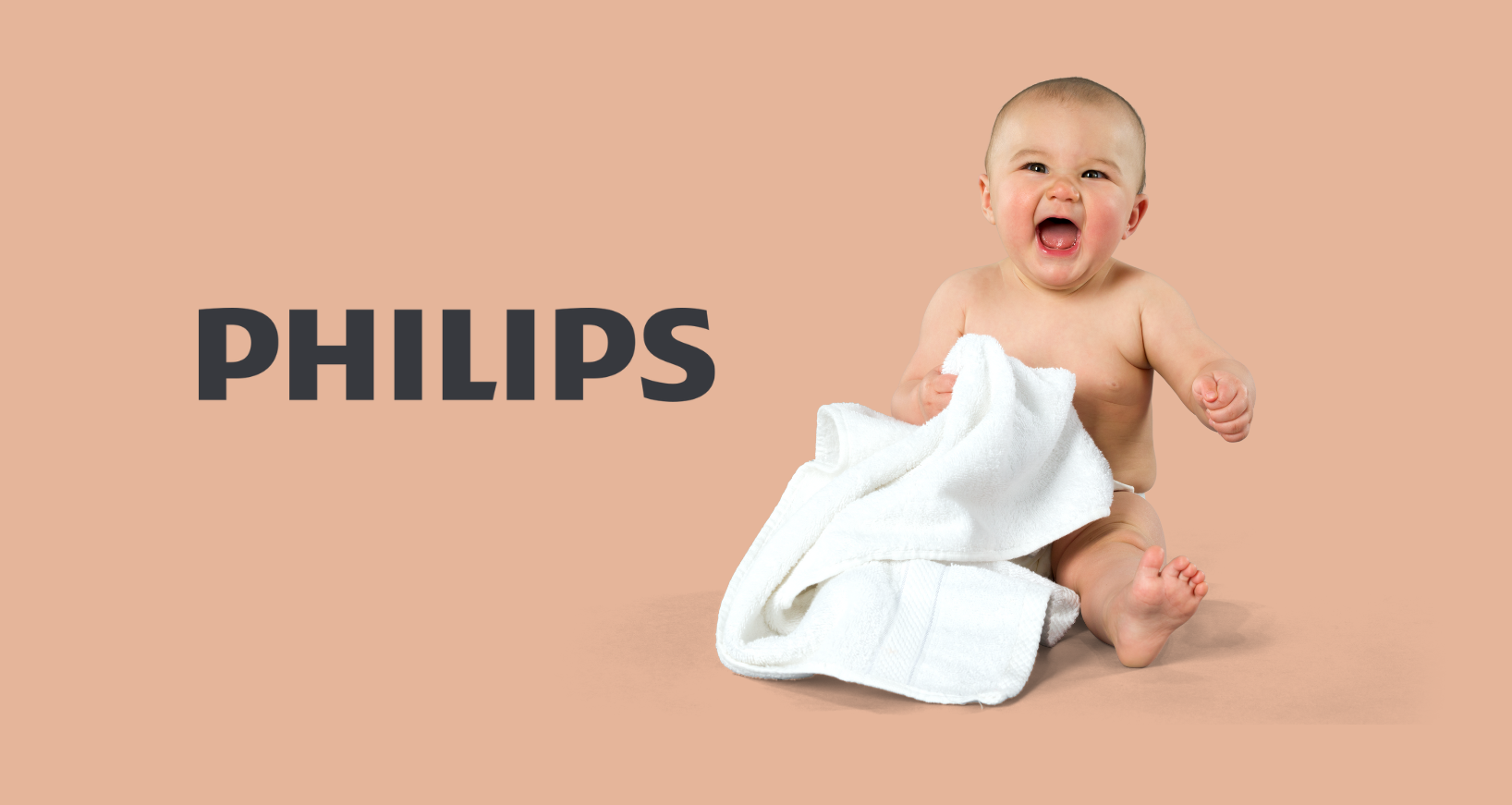
Back in 2023, People for Research teamed up with Philips Mother and Child Care to work on a complex global recruitment project, finding new mothers across six different countries to take part in product testing. The task was to test Philips’ latest electric breast pump, and the client wanted to fully understand the experience for those using the new product before going to market later in the year.
The research would help gauge some initial feedback on the device that could go towards making any valuable improvements to the pump, as Philips strive towards making breastfeeding and bottle feeding an easier and more enjoyable experience for all parents worldwide.
What the study involved: product testing for new mums
 While PFR have successfully delivered international participants for many clients over the years, this particular study was our most far-reaching to date. The brief’s goal was to recruit 75 new mothers from five different countries across the globe: Spain, Germany, the Netherlands, Singapore and Malaysia.
While PFR have successfully delivered international participants for many clients over the years, this particular study was our most far-reaching to date. The brief’s goal was to recruit 75 new mothers from five different countries across the globe: Spain, Germany, the Netherlands, Singapore and Malaysia.
This cross-continental study would see participants take part in a two-week baby product testing study, where they could trial, test and review the new breast pump from home, as part of their usual breastfeeding routine.
Philips decided to use a mix of quantitative and qualitative questionnaires for participants to answer over the two weeks of testing. While the qualitative questions enabled the researchers to capture detailed insights about each user’s experience with the device, the more quantitative parts of the questionnaires facilitated tangible results that could be efficiently analysed, as well as generalised to the wider, target population and quickly put into practice.
Potential challenges of global recruitment
We’re no strangers to a user recruitment challenge, and given the complexities of this global research study, this one was not without its initial obstacles. Some of our key challenges included:
Demographics: the participants were required to be new mothers with a child under 2 years old, so they’re naturally in a period of their life when they’re facing a lot of new experiences and challenges, with not a lot of free time to waste. The criteria was also multi-layered, with requirements relating to their breastfeeding or pumping routine, previous devices used, and brand preferences or dislikes.
Logistics: this project involved complex logistics to ensure the participants received the necessary products to test in the correct timeframes for the study to commence and progress as planned. There were different suppliers required to deliver to certain countries, supply issues, import taxes and couriers to consider. The PFR team took care of the logistics for Philips to ensure a smooth delivery of the project, however this required rigorous record-keeping to avoid mistakes and ensure the different people working on the project were able to work from one central source of information.
Time frames: being one of the “cogs” in the complex product testing machine meant we were under time pressure. Our process included sourcing the participants, gaining consent, sourcing the products for testing, arranging delivery, building and delivering the various surveys for each stage of testing, as well as arranging any product returns and reporting back to the client on the findings.
Geographical: the participants were spread far and wide across Spain, Germany, the Netherlands, Singapore and Malaysia. This introduced recruitment challenges with sourcing participants, particularly given these countries have different languages and we had to be prepared for the possibility that not all the participants were fluent English speakers.
Cultural: we found some key cultural differences between the countries, which introduced some less-expected obstacles. For example, we’ve found Northern European countries to be more cautious around sharing their personal information or address details to deliver the products. We also discovered that, whilst our task was to find electric pump users, in some countries manual breast pumps are the norm.
The four stages of planning and recruiting
After an initial brief from Philips outlining their ambitions for the baby product testing research, the team at PFR set about planning a recruitment journey for the study.
1. Mapping out a recruitment strategy
Once a brief is received, we’ll break it down and create a detailed recruitment plan outlining the specific requirements of the project. This is done in collaboration with the client to allow for any questions, discuss concerns and make a contingency plan for any potential flexibility further down the line.
For Philips, we create a detailed pre-screening questionnaire to check the participants were the right fit for the study before inviting them to participate in the product testing. We advised the client that, due to the high cost of the product that was being tested, participants should complete three small tasks as part of their application:
▪️ Send a photo of their current device to validate suitability
▪️ Verify their identity by securely sharing a screenshot of a form of ID
▪️ Confirm their address by sharing a photo of a recent letter sent to them at their home address
PFR were on-hand to advise the client on their survey tasks and build them for optimal engagement, as well as organising the logistics, highlighting potential risks and how we would mitigate these, should they arise.
2. Finding the right people for research
 As part of the recruitment strategy, our in-house digital operations team mapped out the various options to source the participants, from the typical first port of call (inviting those with suitable profiles within our community of participants) through to more niche alternative strategies, such as utilising third-party platforms or influencer campaigns.
As part of the recruitment strategy, our in-house digital operations team mapped out the various options to source the participants, from the typical first port of call (inviting those with suitable profiles within our community of participants) through to more niche alternative strategies, such as utilising third-party platforms or influencer campaigns.
We created a backlog of ideas, prioritising those that are most likely to convert the right profile first, as well as looking at timeframes required for campaigns and costs involved before getting started.
Unlike many other user recruitment agencies, PFR have in-house digital sourcing specialists who are experts in what we call ‘free find’ recruitment. This refers to the sourcing of individuals outside of our internal database, using innovative approaches and third-party partnerships. We employ a range of tools, tactics and approaches that help us support you in finding the right participants for your research.
Given the complexity of the recruit and with much of the criteria focused on hard-to-target participant behaviours, moving to ‘free find’ was always part of the plan for Philips. As a result, we set about our external resourcing as follows:
• Using a range of tried and tested platforms where we could use a highly-targeted approach to contact and engage with individuals who met our ideal persona that might be interested in participating.
• Paid advertising including Facebook, Instagram and LinkedIn Ads. The digital operations team ran multiple advertising campaigns across a variety of social media platforms.
• Online forums related to pregnancy, motherhood and parenting. We posted on online forums and trusted community pages to get the word out and encourage people to apply.
• Referral campaigns to those who applied, as well as the wider community in the right locations, offering a paid referral fee. This offered those individuals the chance to refer someone they think might be suitable or interested in participating in the study, with the opportunity to make £20 for every person they refer that takes part.
• Local mum-fluencers
• Community partnerships were established with local organisations in the target countries that provided support to new mothers, as well as individual specialists working in the field. We encouraged them to refer people that might be interested.
Building partnerships with organisations is something we champion at PFR and can be mutually beneficial to both parties involved and your work. For this research with Philips, we collaborated with an organisation that supports mothers in the Netherlands. According to our digital operations team:
“The power of collaboration and building partnerships with local organisations is a cornerstone of our approach. By reaching out to networks for new mothers in the target countries, we were able to expand our outreach and our capabilities.
Our collaboration with a Dutch-based organisation allowed us to connect with a diverse group of new mums, enhancing the depth and inclusivity of our research as well as filling some of the spaces needed for the project. Together we are fostering a community-driven approach that empowers and engages participants in meaningful ways.”
The combination of these methods enabled us to successfully build a pool of suitable applicants to start booking in for the research.
3. Maximising participant engagement
Whether you are researching with one, 10 or 100 individuals, participant dropouts are always a possibility. That’s why you must take all the necessary steps to mitigate any risk of this happening by keeping participants engaged throughout the recruitment process.
Given the length of this product testing study and the multiple stages involved, making sure that participants were kept informed and their expectations were set throughout the process was high on our priority list.
We did this through a number of touch-base emails, for example, ahead of the products’ delivery and alongside each survey. We also provided participants with information about product usage, the overall structure of the study and instructions about their participation.
As the research was conducted remotely with participants submitting their feedback from home, this approach helped to instil confidence in each person about their participation and kept them engaged until the end of the project.
4. The study: what happened?
Once we had our 75 participants – and confirmation of the selected profiles from the client – we were good to go. Participants were invited to take part in a two-week long diary study where they could test the electric breast pump with two variations of expression cup attachment at different times.
As the study was interested in capturing different user experiences with the device, the study consisted of six surveys at varying stages of testing for participants to record and share their feedback.
Successful global recruitment
Overall, the research with Philips was a roaring success. While the brief promised some initial challenges, we worked in collaboration with the client to develop a tailored recruitment plan that overcame these to deliver all 75 participants for the study.
The participants were pleased too. Not only did a range of mothers get the chance to trial and give feedback on a brand-new product to help them feed their babies, but they got to keep the pump and accessories (worth £350) they had been testing. Participants were also rewarded a monetary incentive of £150, as a thank you for their time and involvement in the study.
Ivins, Germany: “This was my first time participating in this kind of study. I found it interesting how specific the questions were. I could tell the research team really cared to improve the product.”
Katherine, Germany: “I really enjoyed being part of it. I am passionate about breastfeeding. Being able to test this (product) made my (breastfeeding) journey so much easier and I will now be able to feed my baby for much longer.”
At PFR, we pride ourselves on delivering high-quality engaged participants for research – and this was no exception. With zero dropouts throughout the entire research process, the client was able to obtain the quality feedback they needed to successfully deliver their research. In fact, the results of this study went on to shape Philips Mother and Child Care’s next project with us.
Once the project wrapped up, the team at Philips shared some feedback with PFR: “It has been a great pleasure working with the unmoderated team at PFR. We would like to thank them for all the advice and suggestions given from time to time when needed. It feels like they are very dedicated to our projects with strong sense of responsibility and accountability.”
If you would like to find out more about our in-house participant recruitment service for user research or usability testing get in touch on 0117 921 0008 or info@peopleforresearch.co.uk.
At People for Research, we recruit participants for UX and usability testing and market research. We work with award winning UX agencies across the UK and partner up with a number of end clients who are leading the way with in-house user experience and insight.


